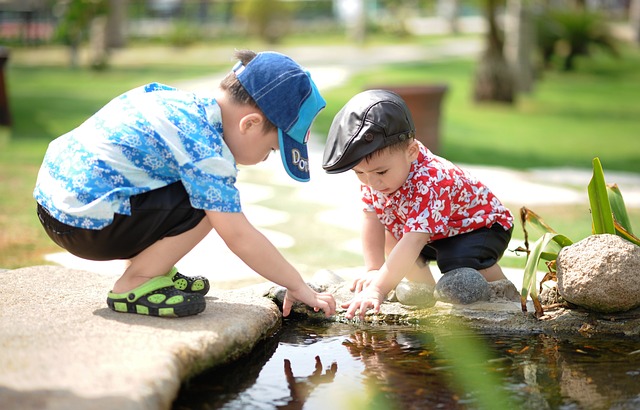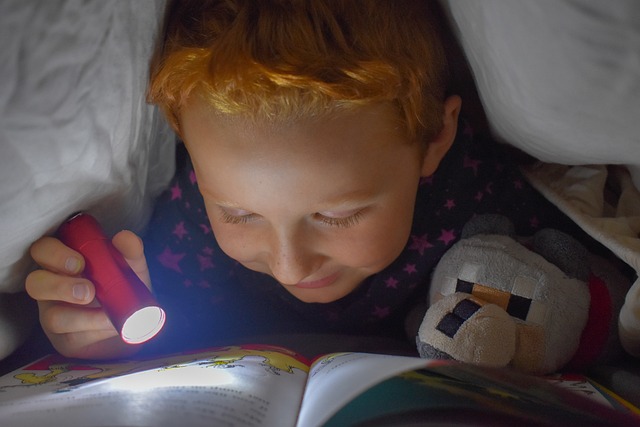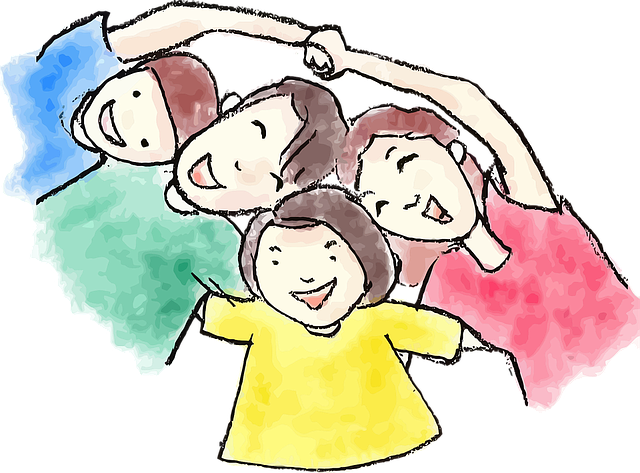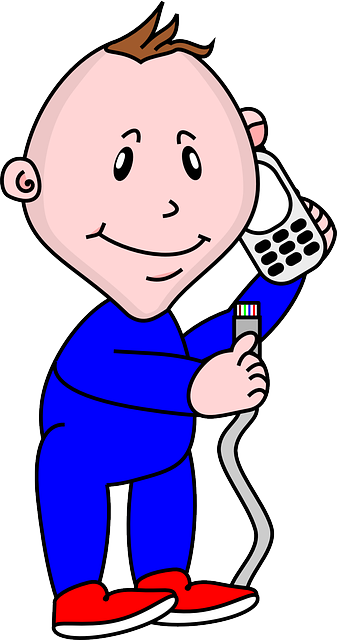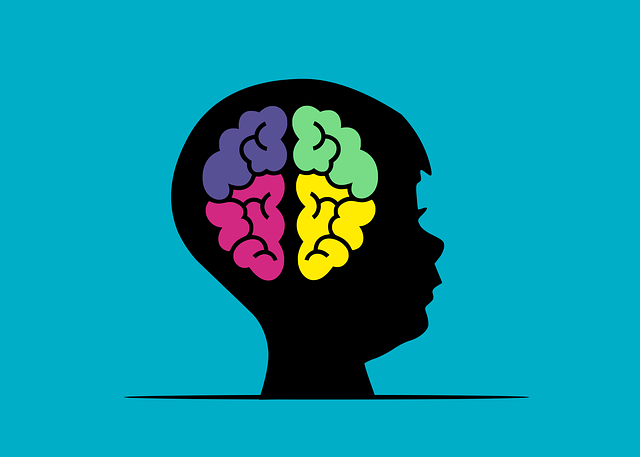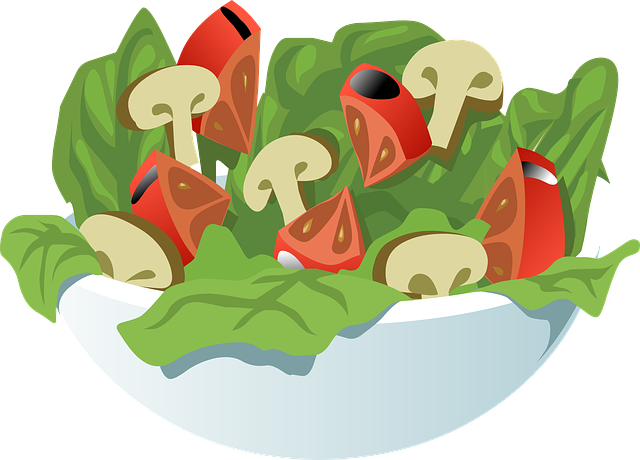
The Power of Mindset in Speech Therapy
The Power of Mindset in Speech Therapy There are two types of mindsets we often encounter in therapy; the first is a fixed mindset and the second is a growth mindset. A fixed mindset occurs when you experience challenges and you have a negative attitude towards yourself. A fixed mindset can often delay therapeutic gains as a portion of sessions may be spent focusing on factors that are out of your control, such as focusing on what went “wrong” in the first place. A growth mindset refers to identifying that there is a challenge and coming up with a plan to overcome the challenge. A person with a growth mindset often looks at the larger picture and recognizes that

